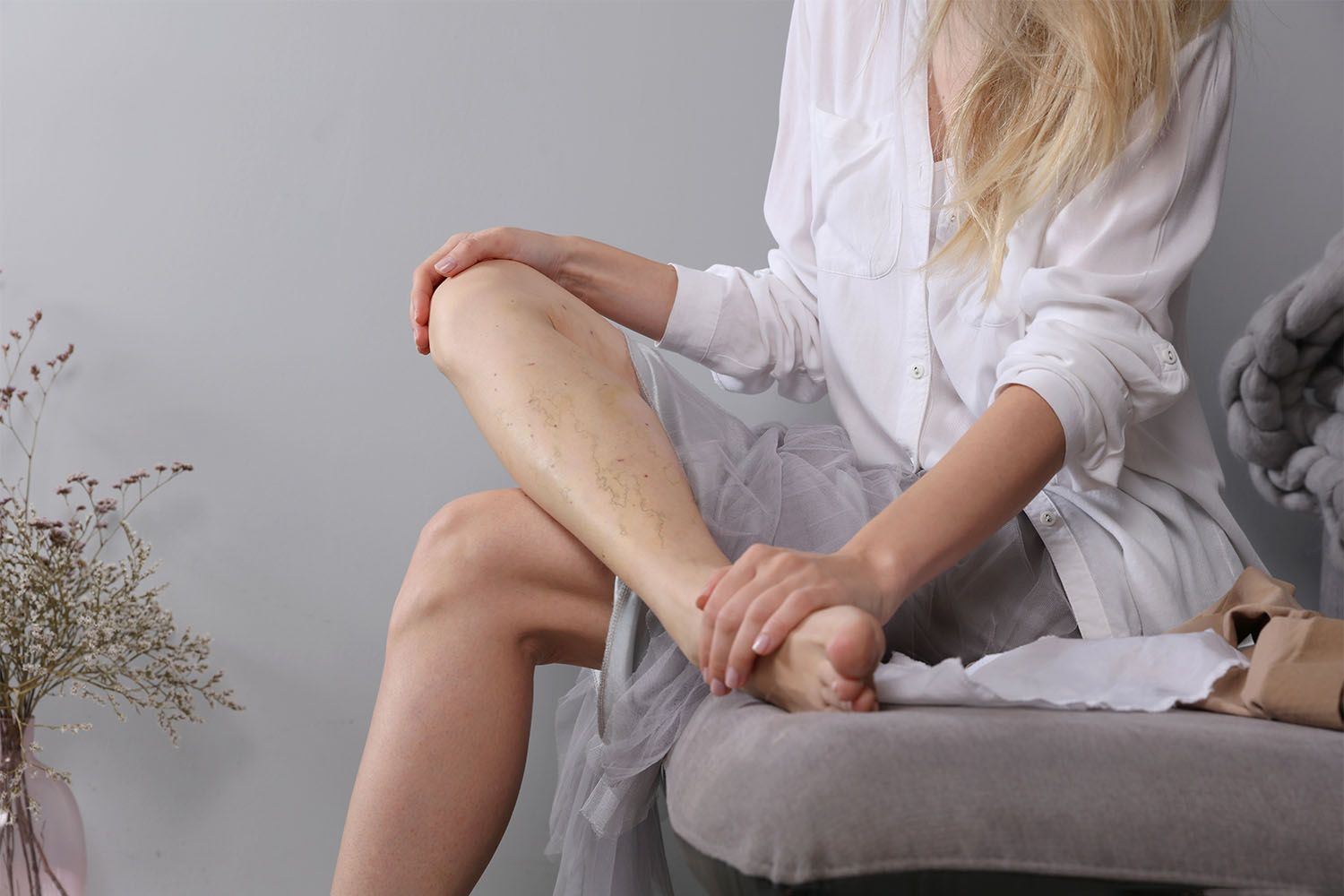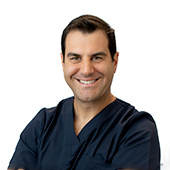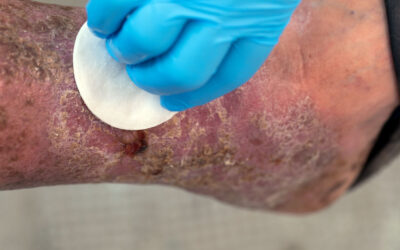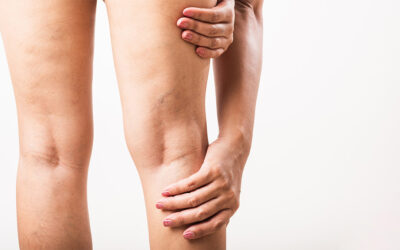For many, spider veins are an ever-present frustration to short skirts and dresses, when baring legs means baring spider veins too. But they don’t have to keep bothering you, today we’re looking at how you can get rid of spider veins.
Leg spider veins are generally an overflow from a varicose vein, so it’s likely that if someone has spider veins in the legs, they’ll have varicose veins also. They may be visible veins or deeper below the surface and remain unseen.
When veins become incompetent at returning deoxygenated blood to the heart, the blood pools and sections of the vein enlarge. The excess pressure from this collecting blood pushes out, creating a tiny new blood vessel (spider veins). Varicose veins are extremely common in all genders and are thought to affect roughly 30%, so this is not rare and it’s not new.
Are spider veins dangerous?
Not in themselves, no. However, spider veins in the legs (particularly) are often a visual signal that there may be problem veins beneath the surface. Heaviness, tiredness, swelling, or throbbing in the legs are some symptoms associated with vein problems that you may not realise are connected to the spider veins you can see. After spider vein treatment, some people realise that they were experiencing more severe symptoms than they thought.
Many people think of spider veins as just a cosmetic nuisance, but with the potential for unpleasant and sometimes painful symptoms and the capacity for underlying vein problems, it’s plain that spider veins are not automatically superficial.
What can you do about spider veins?
You could apply body makeup to cover them up and reclaim your short skirt plans, or you could try one of the many creams or supplements that promise to make your spider veins go away. However, there is sadly little-to-no evidence that they will do anything for you. We’ve discussed some of the studies on supplements here. Unless the underlying cause of spider veins is addressed, they are not going anywhere and more may form without medical vein treatment.
When you want to get rid of spider veins and are seeking vein treatment, you should speak to a phlebologist, someone who specializes in diagnosing and treating spider veins and varicose veins. Although spider veins located on the face can be superficial and therefore an IPL laser could be a good solution, spider veins on the legs are often caused by greater vein problems as I mentioned earlier, a visible, or invisible varicose vein. So, it’s important that your phlebologist does a comprehensive ultrasound to map out the leg veins and identify any incompetent veins that are feeding the spider veins. Those will need treatment before spider veins can be removed.
Often surface spider veins are treated by sclerotherapy and endovenous laser ablation for the underlying varicose veins. With sclerotherapy the vein is injected with a sclerosant, which irritates the inside of the spider vein wall, sealing it closed, and it heals. For the larger feeding veins, endovenous laser ablation is performed under ultrasound guidance, where a laser fibre is inserted into the problem vein, and thermal energy is activated. This injures and seals the leg vein closed.
It’s possible that other treatments may be necessary, depending on the severity and diameter of the feeder veins. This may include radiofrequency ablation, where under ultrasound guidance, a radiofrequency fibre is inserted into the vein, thermal energy is activated, and seals closed the vein. Or cyanoacrylate closure (vein glue) when the origin of the problem is an incompetent main saphenous vein in the thigh. A medical-grade glue is injected into this vein, closing it. The vein will undergo a process of hardening (sclerosis) and will be gradually absorbed by the body.
These are all minimally invasive techniques from which patients can walk-in and walk-out in under an hour to continue their normal duties more or less immediately.
Key takeaways
- Spider veins in the legs are often the visual evidence of an overflow from underlying varicose veins
- Varicose veins are thought to affect roughly 30% of people.
- Topical creams and oral supplements have not been proven to be an effective aid to vein problems.
- The underlying cause of spider veins needs to be addressed to properly treat them.
- Treatments for spider veins and their feeder veins may include sclerotherapy, endovenous laser ablation, radiofrequency ablation, and VenaSeal medical glue.






